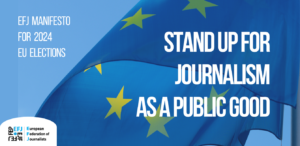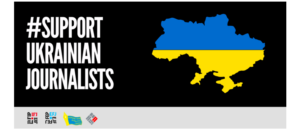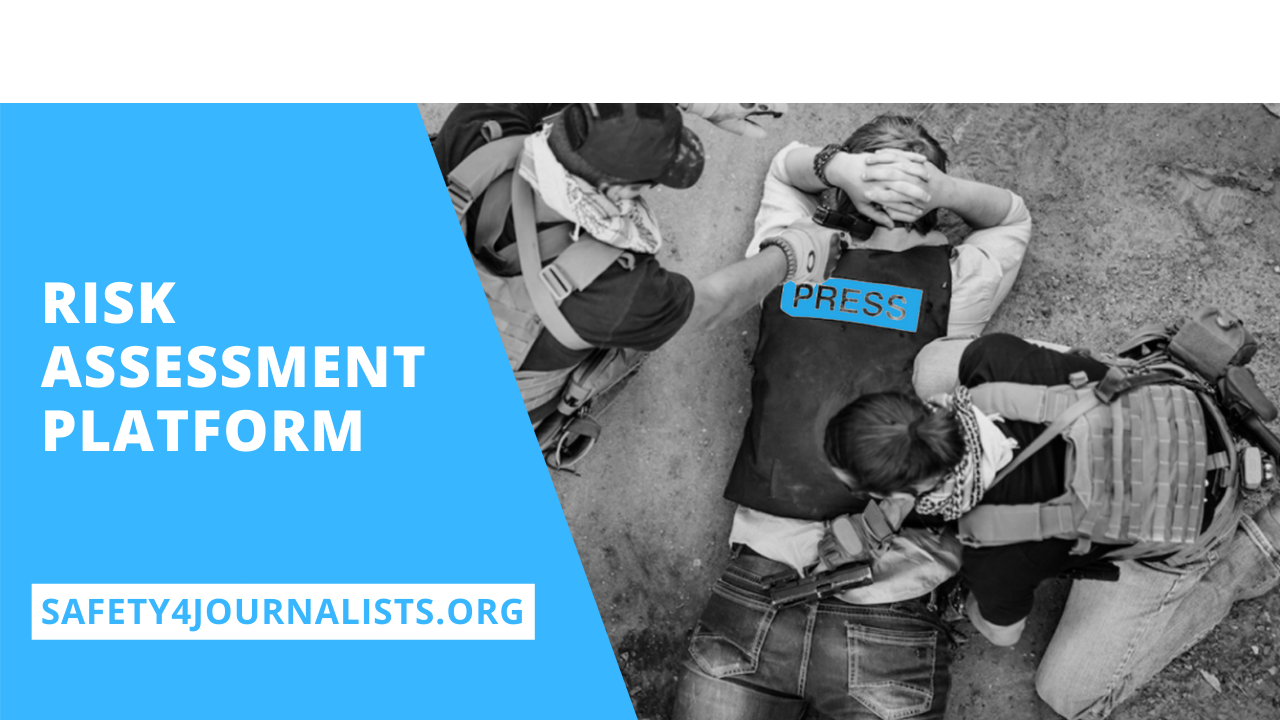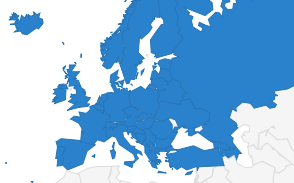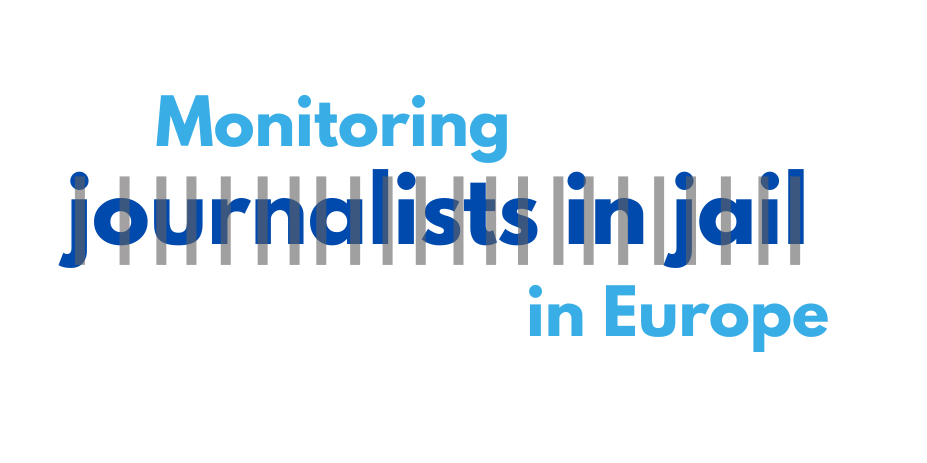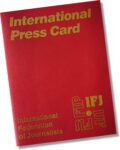Journalist unions shared best practices on online harassment in Sweden
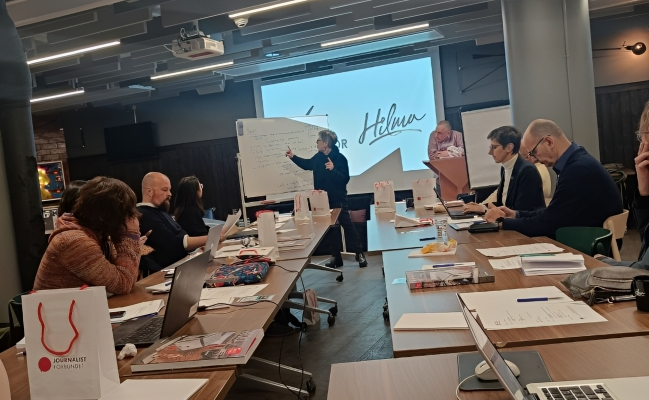
Trade union representatives from 10 European countries attended the 1.5-day training in Stockholm, Sweden, on 15 and 16 February 2023 as part of the “Safety for Journalists” project. The panel discussions and training focused on online harassment, the duty of care of employers, and physical safety. The goal was to highlight good practices and find ways to involve emlployers towards employees and the role of large social media platforms.
The session opened with Maja Sever, president of the European Federation of Journalists (EFJ) and Croatian Journalists’ Association (HND). She stated the project aims to develop a universal risk assessment model through exchanges between unions and media houses. “Safety of journalists remains a priority for EFJ“, she said, “and aims to improve journalists’ health and safety by encouraging and facilitating social dialogue with employers’ associations, the police, and other key actors.”
Ulrika Hyllert, President of the Swedish Journalists’ Union (SJF) spoke about the fact that 30% of SJF’s members reported receiving threats online, with 4 out of 10 refraining from reporting on topics due to the threats. She emphasised that gathering this data has been important to show employers and politicians and move them to take action. “We talk about harassment as a workplace problem, which it is,” she said “but it is also a problem for democracy.”
The first panel focused on examples of best practices from the Scandinavian countries. It was opened by Alberto Escorcia, a cybersecurity expert and social media analyst who obtained asylum in Sweden after fleeing Mexico. He received 2,000 death threats for his investigations into the trolls, phishers, and spyware used by the Mexican government to spy on and harass journalists. Increased aggressive intimidation and hate speech against journalists spurred the Union of Journalists in Finland (UJF) to establish the Foundation to Promote Journalistic Culture (known as JOKES). Anna Kähkönen explained that “journalists who have been threatened [in Finland] have mostly been writing about immigration (42%), politics and elections (27%), and ethnic and linguistic communities (26%).”
“Journalists who have been threatened have mostly been writing about immigration (42%), politics and elections (27%), and ethnic and linguistic communities (26%)” , says Anna Kähkönen
A safety representative at Bonnier News, Sweden’s leading media outlet and the Nordic region’s largest media group, explained an initiative at the organisation whereby employers, journalists and union representatives spoke about workplace harassment. By sitting down and listening to the journalists, the employers signaled the value they give to workplace harassment and showed willingness to take action. This message was echoed by Qasam Ijaz, the Digital Harassment Officer at the Danish Broadcasting Corporation (DR), who works on digital abuse at the broadcaster. He updated the organisation’s guidelines about digital abuse. He explained that “the aim is to be more digital and more personal; to be more open, more vulnerable and better and taking care of the self”.
The next panel discussion focused on the role and responsibilities of online platforms and employers. Journalists, Digital Safety Advisor and Fellow at BKC Harvard, Elodie Vialle, advocated for an ecosystem that includes unions, civil society, online platforms, law enforcement and policymakers to respond to online attacks against journalists. “There is a need to build a clarified and more efficient escalation channel with social media platforms for journalists harassed online,” she said.
Google Strategic Partnership Lead, Dimitra Letsa, talked about Jigsaw, the unit within Google that explores threats to societies and builds tools to help make the internet a safer place for journalists so that they can do their work. She spoke about the need for employers to take on board the technologies being created by platforms such as Google so that journalists have the resources to defend themselves. Asun Gómez Bueno, the Director of International Relations at RTVE and Co-Chair at the European Broadcasting Unit (EBU) News Committee, explained the 7-step approach the EBU taskforce developed for anti-harassment policy.
“There is a need to build a clarified and more efficient escalation channel with social media platforms for journalists harassed online,” explained Elodie Vialle
International expert David Bevan, founder of Cadre Consultants, then gave practical training on what journalists can do to better protect themselves from attacks. He emphasised that any safety strategy should think about the threats that journalists might face online. He also emphasised that media managers and decision makers should meet frequently to discuss these threats as well as the safety of journalists more broadly.
The second day started with presentations by journalists unions who were successful in engaging employers and policy-makers to act on online harassment. Eva Stabell from the Norwegian Union of Journalists (NJ) spoke about a survey on online harassment against women that started in 2012, when the #MeToo movement began, and repeated four times in the last decade. The most recent survey has the lowest numbers and shows that the cases of online harassment against women have gone down dramatically. She said that “we showed the survey results to the Attorney General [in Norway], who agreed that this was a threat to democracy since journalists wouldn’t write about topics due to threats.”
Yannis Kotsifos, from the Greek Journalists’ Union (ESIEMTH) explained the lessons learned as the union set up the first European training centre for the safety of journalists and media professionalsin Thessaloniki. “Pressure works,” explained Yannis, “In 2021, the recommendations for the safety of journalists were adopted by the EU. This paved the way for the Greek government to take action – along with the international pressure from the organisations part of the fact-finding mission in Greece, which proved that safety needed to be tackled.”
In-between the panel discussions and training sessions on both days, the participants – most of whom were representatives from journalist unions and associations – brainstormed ways to initiate projects and social dialogue on online harassment against journalists in their countries.
This workshop was co-organised by the European Federation of Journalists (EFJ) and the Swedish Union of Journalists (SJF) with the financial support of the European Commission.
The final conference of the Safety4Journalists project will be held in Brussels on 2nd May and World Press Freedom Day (3rd May) during Difference Day 2023.


